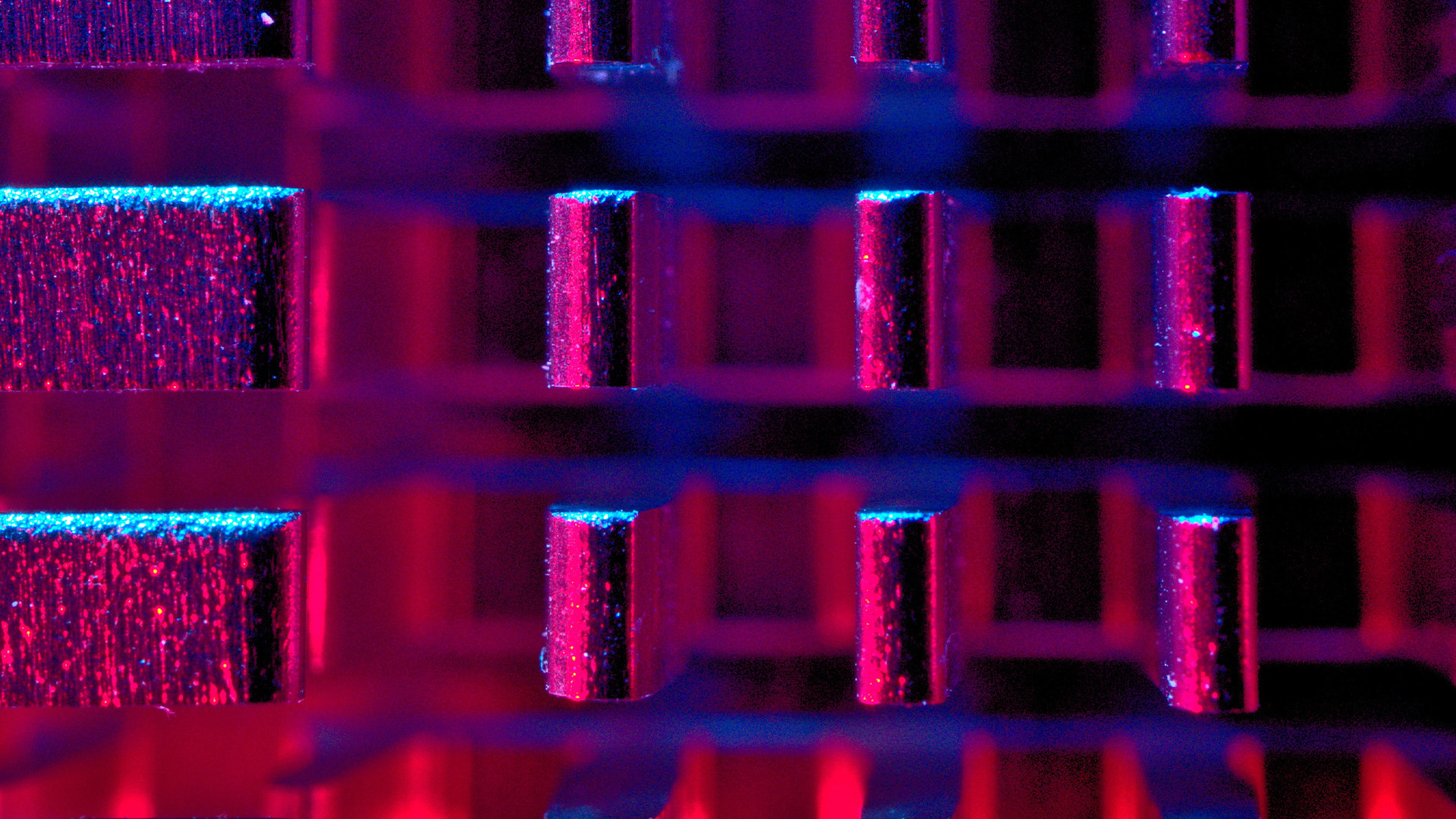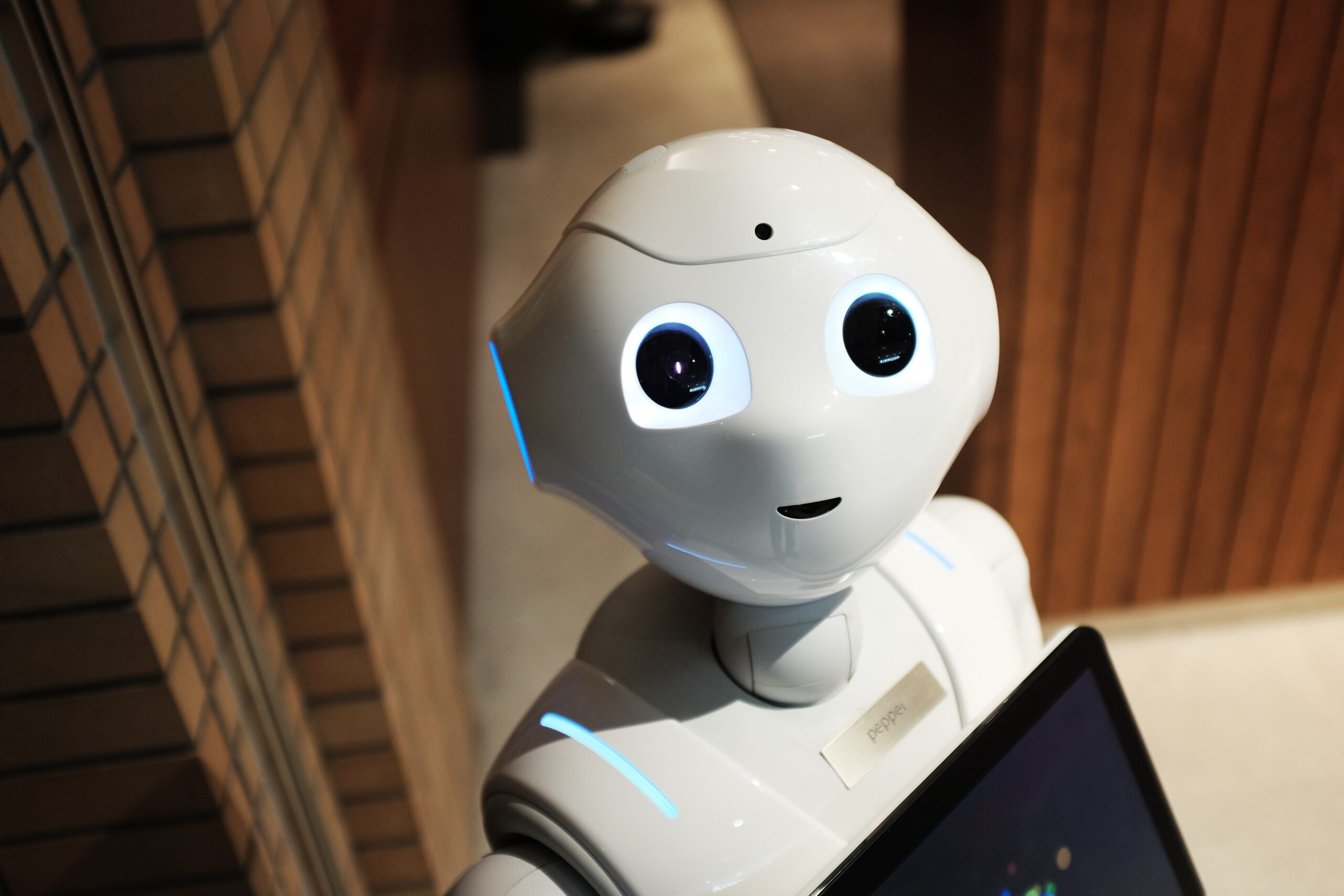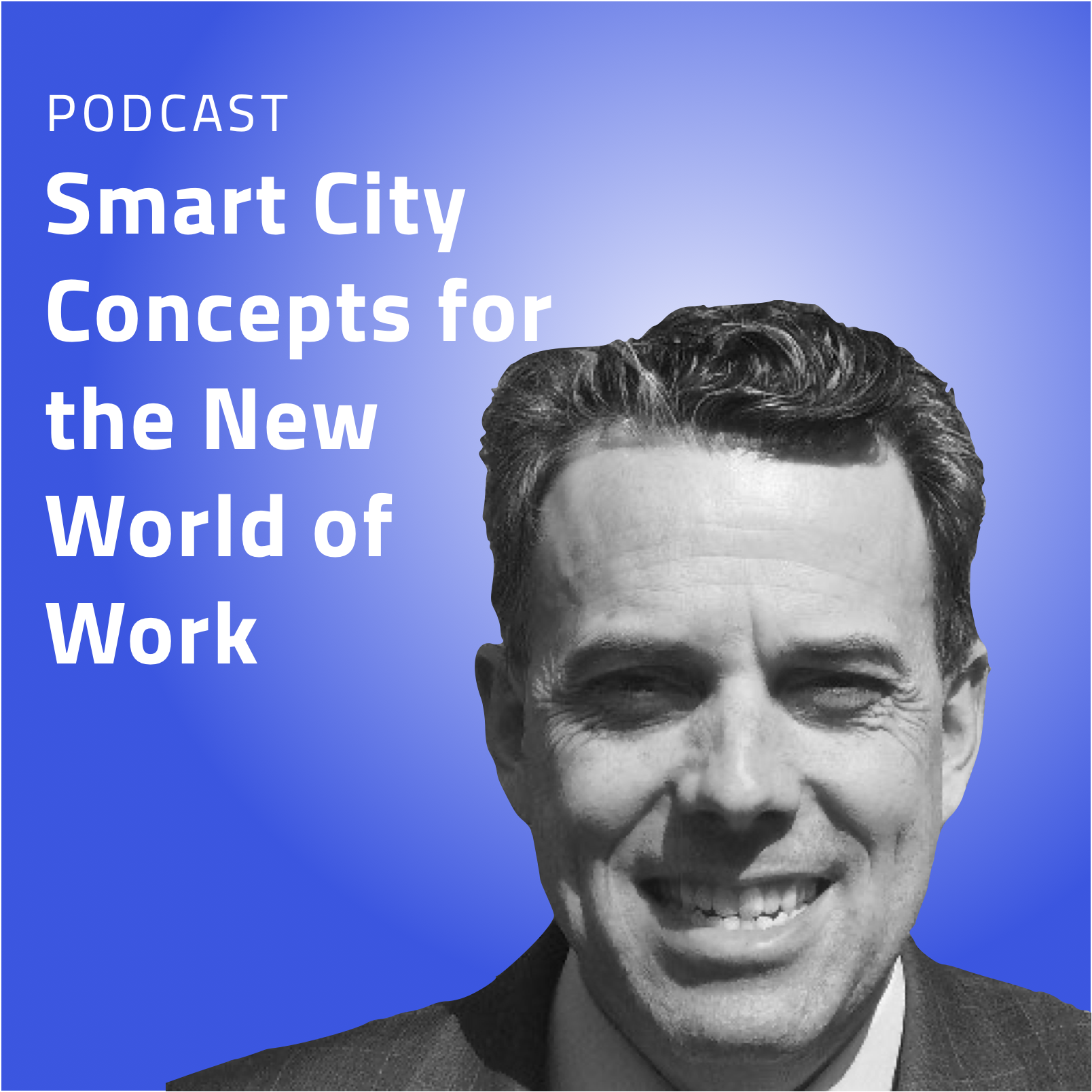KEY TAKEAWAYS
- NTT Research recognized the potential of quantum computing early on and made it one of its central research fields.
- At the Physics & Informatics Laboratory, known as the PHI Lab, NTT has created an environment for physicists, computer scientists, brain scientists and electrical engineers to collaborate – and usher in a new era of computation.
- PHI Lab’s mission is to build simple, efficient and practical solutions for the real-world problems in our information-intensive society.
- Working in collaboration with industry partners such as Classiq and 1QBit, NTT Research has developed novel credit risk analysis algorithms and innovative quantum algorithms that are relevant to autonomous driving vehicles.
- Researchers at NTT are also working with the Tokyo Institute of Technology on using quantum computing to speed up new drug discovery.
- Though not a true quantum computer, NTT Research is looking at developing Coherent Ising Machines (CIMs) because they offer excellent computational performance and can be run at ambient temperatures.
- Quantum computers should be commercially available by the end of the decade.
To successfully solve global issues such as climate change and to protect ourselves from future pandemics we need the power of computers to come up with timely solutions. However, traditional machines aren’t good at choosing the optimal outcome from a large set of options. Unfortunately, these ‘combinatoric problems’ are the very ones we face when trying to deal with these big challenges.
Fortunately, quantum computers are excellent at solving them. In fact, they can often complete these highly complex tasks – that would take the fastest classical computer years to do – in just a few seconds. So, it is no exaggeration to say that quantum is a truly game-changing technology that will have a profound impact on our planet, wider society, and of course, every business sector in the world.
Quantum computers are excellent at solving big challenges, like choosing the optimal outcome from a very large set of options. They can often complete these highly complex tasks – that would take the fastest classical computer years to do – in just a few seconds.
NTT Research recognized the potential of quantum computing early on, which is why we made it one of our central research fields. And though this is an area that’s still in its relative infancy, we are now beginning to move from mere theoretical ideas to real-world applications that will soon become mainstream.
Real-world applications
In the realm of finance, for instance, NTT Research has collaborated with Classiq, a quantum computing software start-up, to develop a novel algorithm that is hardware-independent and which will make credit risk analysis faster and more accurate.
We have also recently teamed up with 1QBit to compete in the BMW Quantum Computing Challenge. This called on researchers and companies to develop innovative quantum algorithms that could be used to solve the complex optimization problems required to make autonomous driving vehicles a reality. In just two months of working together, we were able to develop a ground-breaking yet practical concept that won in the ‘Configuration Optimization of Pre-Production Vehicles’ category.
NTT Research’s Physics and Informatics (PHI) Lab director, Yoshihisa Yamamoto, has also been working with the Tokyo Institute of Technology on how quantum computers could be used to speed up new drug discovery. The sheer number of calculations required to simulate the chemical interactions between the molecules in a medical pharmaceutical and the proteins of specific diseases make this ideal territory for a quantum machine.
Different quantum models
In developing quantum computers there are several approaches researchers can take. You can, for instance, use quantum gates: a technology that is great for finding hidden patterns within data, but is rather sensitive to environmental conditions. One such quantum gate based methodology is the Quantum Approximate Optimization Algorithm (QAOA) which relies on a hybrid mix of quantum and classical computing. This is a more complicated approach but one that potentially offers exceptional computing power.
This approach is unlikely to lead to usable applications any time soon, however one that could is the Coherent Ising Machine (CIM), a technology that has been the focus of our work at NTT. The Coherent Ising Machine is named after physicist Ernst Ising, and was originally invented in 1924 to model magnetic structures, but can also be used to find solutions to optimization problems, for example in the business world.
CIMs aren’t strictly quantum computers in the traditional sense – they only make use of quantum computing principles, which is why they are often called ‘quantum-inspired’. But that doesn’t mean they are somehow inferior. Far from it, in fact: not only does this kind of device offer excellent computational performance, our experiments so far show that the CIM can solve certain types of problems faster than a quantum machine, but – unlike machines using quantum annealing processors, for instance, which have to be kept super cool – CIMs can also be run at ambient temperatures.
CIMs (Coherent Ising Machines) open the way to making quantum a reality sooner. Such a device could be used in areas such as financial portfolio optimization, urban traffic management and the development of new drugs.
CIMs open the way to making quantum a reality sooner, which is why, in partnership with other organizations, we are looking to develop the world’s fastest CIM, such a device could then be extensively used in areas such as financial portfolio optimization, urban traffic management and the development of new drugs.
What’s innovative about NTT’s work in this area is that the optical elements of the CIM, such as optical fibers, are being replaced with (for example) miniaturized photonic chips – and this means that CIMs can be easily integrated into environments with conventional digital computers, opening up this level of computational power to many more organizations and industries.
Immense opportunities
Just as classical computers transform arithmetical calculations, quantum will bring about a similar revolution when it comes to calculating daunting combinatoric problems.
As a result, it will create innumerable opportunities in many different areas – including the creation of materials with entirely new properties, improving the performance of the batteries we need for electric vehicles and the development of efficient synthetic fossil fuel alternatives, to speed up our energy transition.
While in the business world, quantum will help solve operational problems across industries by providing the platform for machine learning and AI tools that will lead to innovative intelligent supply chains, the unprecedented scaling of industrial processes, and an ever-faster roll-out of the Industrial Internet of Things.
Though the potential opportunities are truly immense for quantum, there are bound to be many technical challenges along the way. There will also be a need to develop the skills required for this new computing era. Those stepping into this exciting field will need to understand not just programming and algorithm development, but also have a broad mastery of science and mathematics, for instance.
While we can expect to see the commercial release of quantum computers at the end of the 2020s, there is no expectation they will replace classical computers. Rather, the two will likely work in tandem, with quantum computing doing the heavy lifting on the ‘hard tasks’ while classical computers will continue to be the interface between humans and machines as far as ‘everyday’ activities are concerned. A perfect computing combination.
Originally published by NTT Research / in a featured Forbes article written by NTT Research President and CEO, Kazuhiro Gomi, September 2020.
Find out more:
- Practical solutions for real-world problems at NTT Research’s PHI Lab.






















